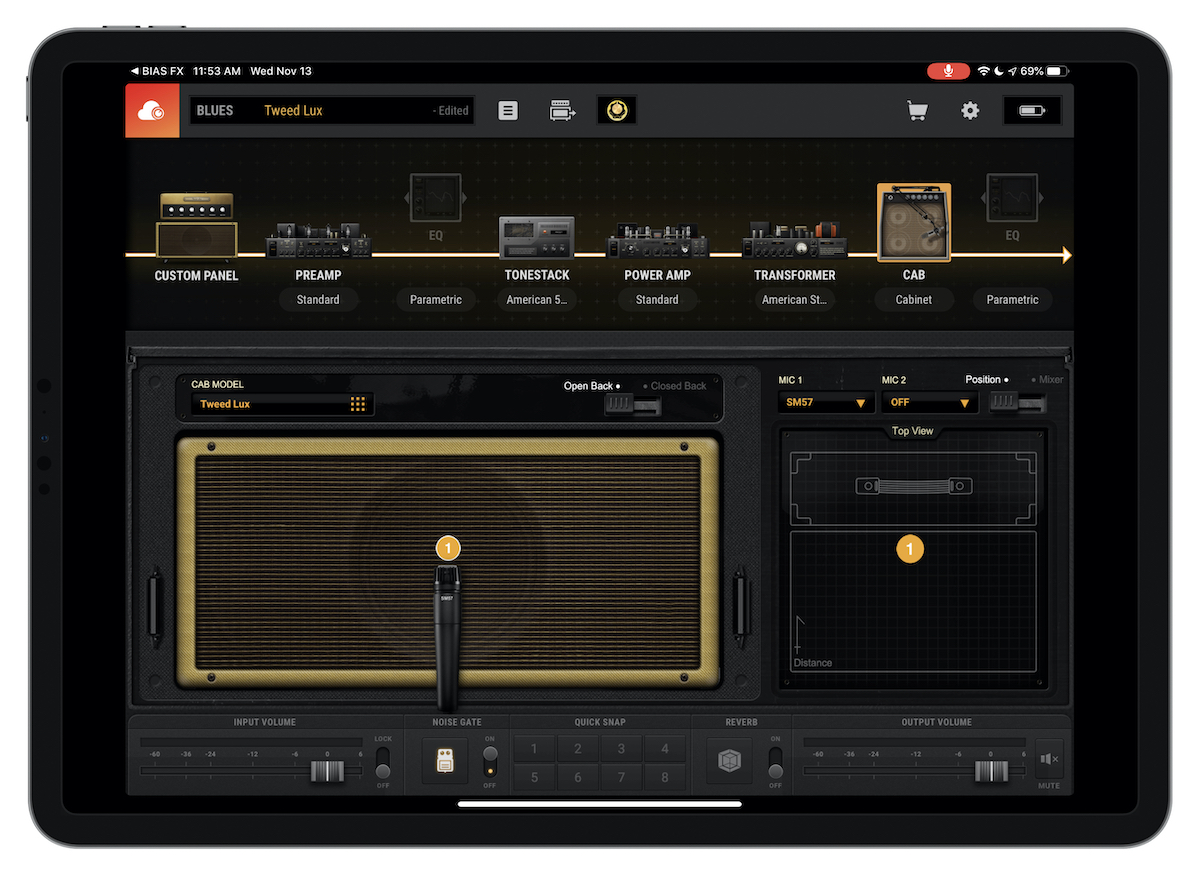
Because of this it's usual to have adjustments, either just one, or a seperate one for each valve - meaning you need to adjust it, using a meter, every time you change a valve. This has the disadvantage though that current though the valve will change as it ages, and be considerably different everytime you replace a valve. Output stages sometimes use a similar method, but it has the disadvantage that you lose power across the cathode resistor - so they often revert to the far older method of grid bias - where you apply a negative voltage to the grid, and adjust the voltage for the current you want. This means the grid is now negative with respect to the cathode, so current drops, and the circuit stabilises at a level set by the resistor - it's often called 'auto-bias' - because it's a negative feedback technique, that adjusts itself.

Ohms law shows you that a current through a resistor causes a voltage drop, so the cathode of the valve shifts positive, by the amount of drop across the resistor. The preamp stages use cathode bias, the grid is connected to chassis, and there's a resistor between cathode and chassis - as avalve is normally fully ON, currnet passes though the valve (and the cathode resistor). So if you're measuring with respect to the chassis you can either bias the grid negative (with respect to that chassis), or connect the grid to chassis and make the cathode positive. Modeled choices include 1, 2, and 4-speaker cabs, covering all the bases including a user option for open or closed back. Enter your user account and password to log in and activate your license.

Click Login ToneCloud to bring up the login window. If you dont see the log in window, please click the gear icon to access the settings menu.
#HOW TO REVERT BACK TO BIAS AMP 1 HOW TO#
The thing to remember is that the grid is negative - WITH RESPECT TO THE CATHODE. BIAS FX Import Presets - How to backup and restore your presetsThis also works with BIAS AMP.The folder locations mentioned in the video:( Information taken. Open BIAS FX 2 Standalone application/plugin (within your chosen DAW) and log in to it with your Positive Grid account. For an audio amplifier you want it biased somewhere in between those two extremes.

It's really VERY simple - valves are normally fully ON - and by biasing the grid negative, it turns the valve further and further OFF, until you reach a point where it's entirely OFF.


 0 kommentar(er)
0 kommentar(er)
